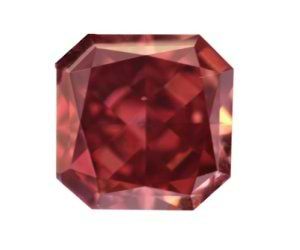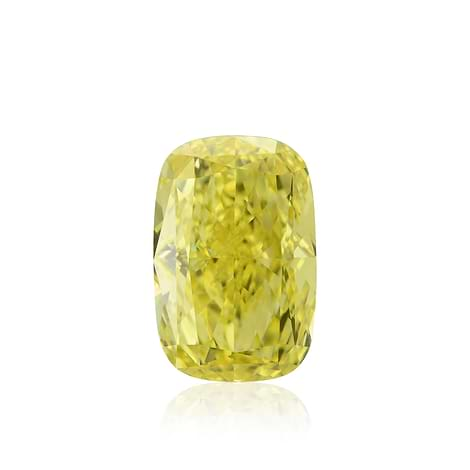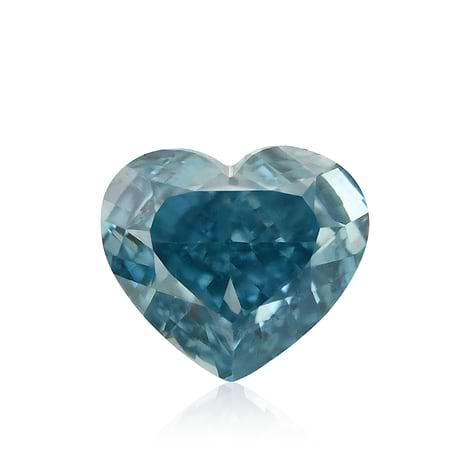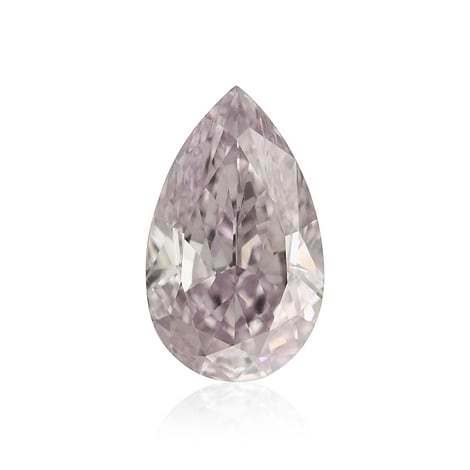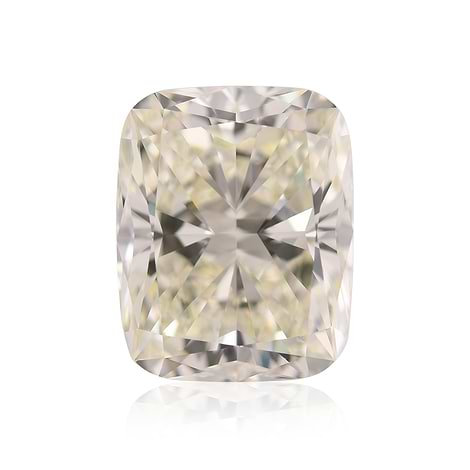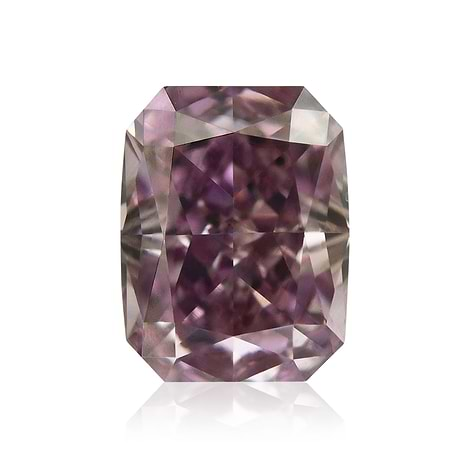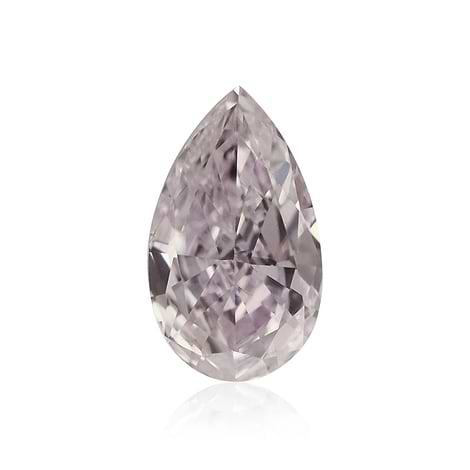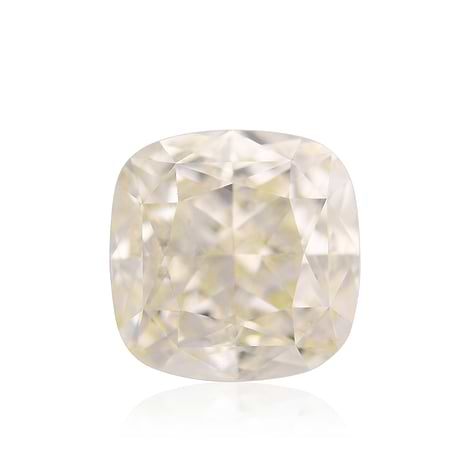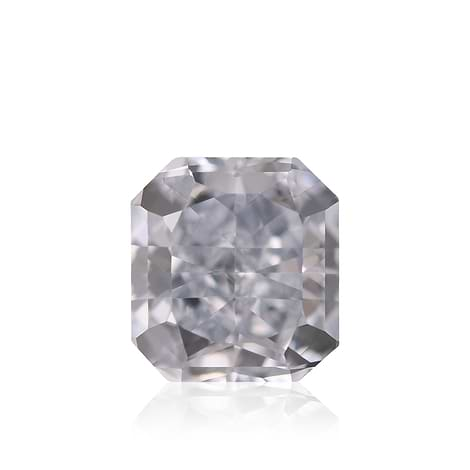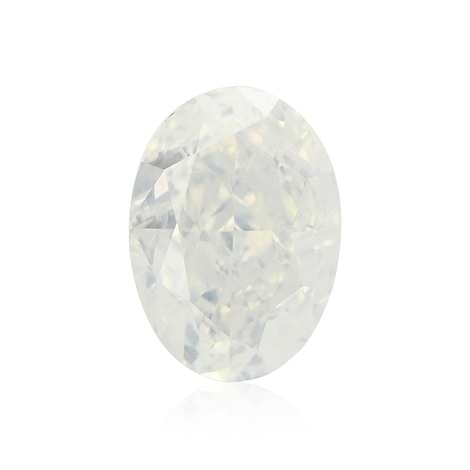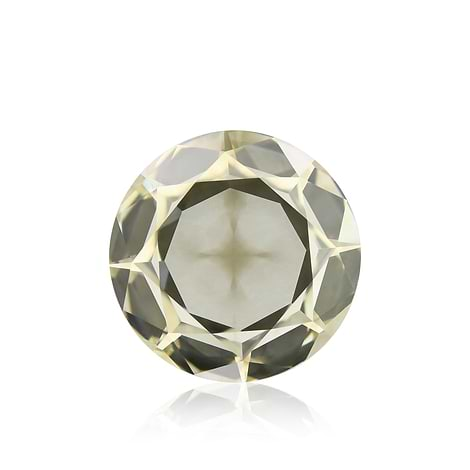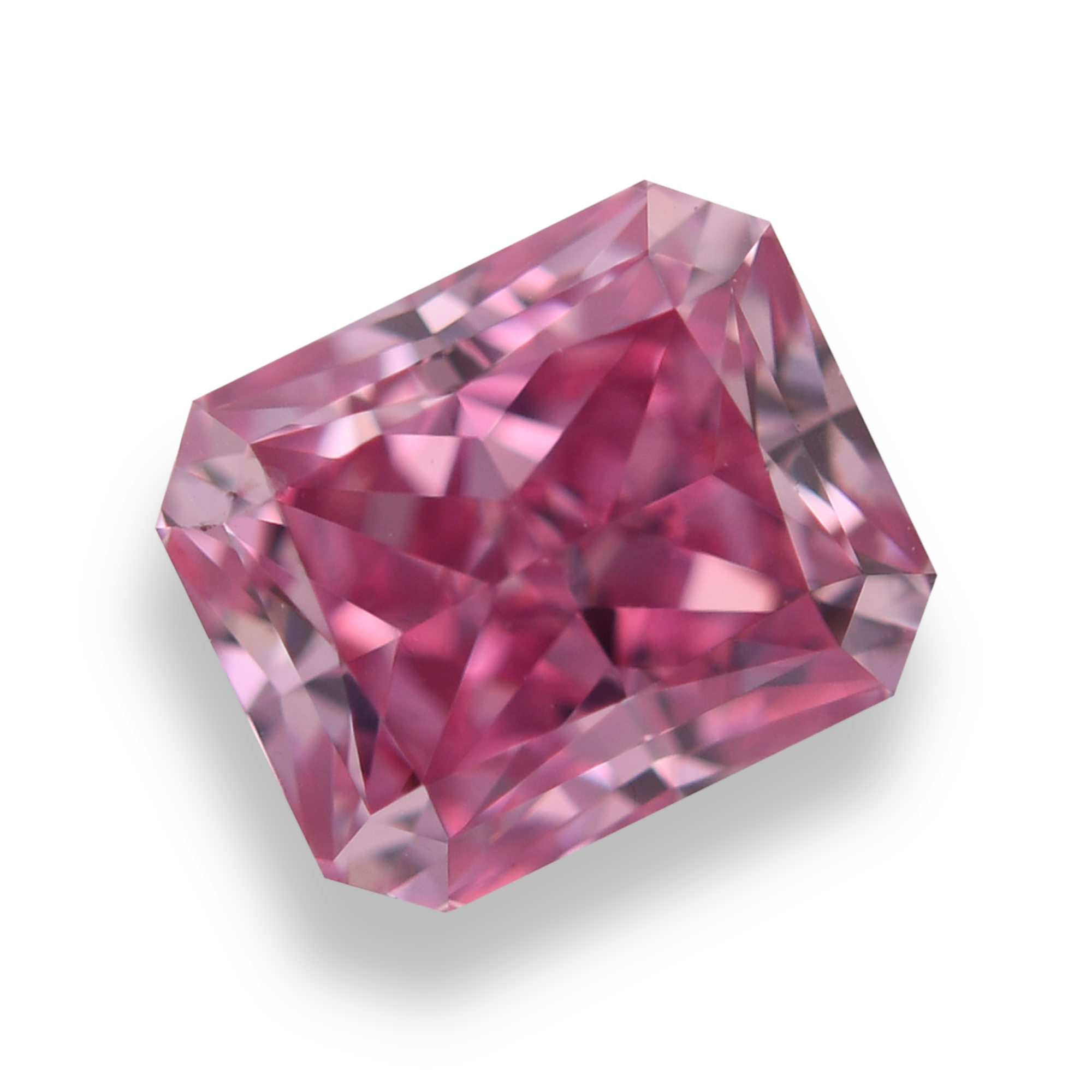One of the most beloved hobbies among us humans is collecting various items. The greatest part of this hobby is that one can collect anything, from something as simple as a bottle cap to an object as precious and rare as a diamond. In fact, Fancy Color Diamonds, some of the rarest diamonds and gemstones known to man, are becoming more and more desirable among collectors. The question is though, what makes a diamond collector-worthy? After all, collectors don’t just collect any item, but the finest and most specific ones around. Here is a little insight as far as which diamonds might be considered “collector’s items.”
Rare Colored Diamonds
When it comes to Fancy Color Diamonds, the color is the most important factor. It is what sets them apart from other diamonds and what the eye sees first. The color is used to actually determine the rarity and value of the diamond. Therefore, potential diamond collectors often seek out diamonds with extremely rare colors that are hard to come by. Red is considered the rarest color for diamonds, and as a result is difficult to find. Most diamond dealers themselves never lay eyes on a Fancy Red Diamond, let alone own one, but these precious stones exist. Some other examples of single colors or color combinations that are sought after include Fancy Vivid Purplish Pink, Fancy Intense or Vivid Pink, Fancy Vivid Yellow, Fancy Vivid Blue, Fancy Vivid Greenish Blue or Blueish Green, and Fancy Grayish Blue.
|
A 0.43-Carat Fancy Radiant Red Diamond |
Rare Shaped Diamonds
The most common shape for colorless diamonds is the round brilliant. Whereas a natural fancy colored diamond is often polished into a Fancy Shape, such as cushion, emerald, radiant, marquise, oval, and princess. The cushion and radiant shapes are used most for Fancy Color Diamonds since they maximize the diamonds ability to display the color. The remaining fancy shapes are also used but if they display the color well they are considered even rarer. While these shapes are collected by diamond collectors, there are some shapes that are even rarer and could make fantastic collector’s pieces. These shapes are more often than not commissioned by buyers interested in particular shapes, from stars to butterflies to kites. In some cases the unusual shape can bring down the worth of the diamond, due to market value of the particular item. Nevertheless, an unusually shaped diamond could be just the piece a diamond collector is missing. For instance, a pair of diamond dice can be in high demand by collectors, though they might not be that valuable.
Argyle Diamonds
Though Pink, Purple, and Blue Diamonds are some of the rarest of Color Diamonds and therefore some of the most valuable, they can be worth even more, and in higher demand, if they originate from the Argyle Mine in Australia. In addition to producing the majority of the world’s Pink Diamonds, and providing quality diamonds with unusual tones, Argyle Diamonds carry the Argyle name. Argyle has made a name for itself in the industry, and like many other industries the name is valuable. Consumers and collectors alike are after the esteemed Argyle diamonds, and would very much like to own one and add one to their collection. Whether it is a Pink Diamond, one with purple hues, or a rare Blue Diamond that owes its color to Nitrogen and not the usual Boron, giving it a brighter and livelier color, an Argyle Diamond usually has something to bring to the table.
|
A 1.45-Carat Fancy Intense Argyle Pink Princess-Cut Diamond |
Type IIA Diamonds
Diamonds are divided into four categories, Type Ia, Type Ib, Type IIa, and Type IIb. The category of Type IIA diamonds is the most desirable, especially by collectors. This is due in part to the fact that these types contain few, if any, internal imperfections. While a colorless Type IIA D-grade diamond will be extremely and unusually white, Color Diamonds will display an exceptionally vivid color. Specifically, Yellow, Brown, Orange, Pink, Red, and Purple Diamonds will showcase very strong coloring. Such diamonds are incredibly rare and sought after, and therefore make terrific collector’s pieces. Most of these diamonds are found in the Argyle and Golconda mines.
Collecting diamonds, or anything else for that matter, can be enjoyable and fulfilling, but one must know what to look for. With the right knowledge, not only will the hobby not disappoint, but it will also provide a sense of pride, accomplishment, and perhaps even financial stability.
